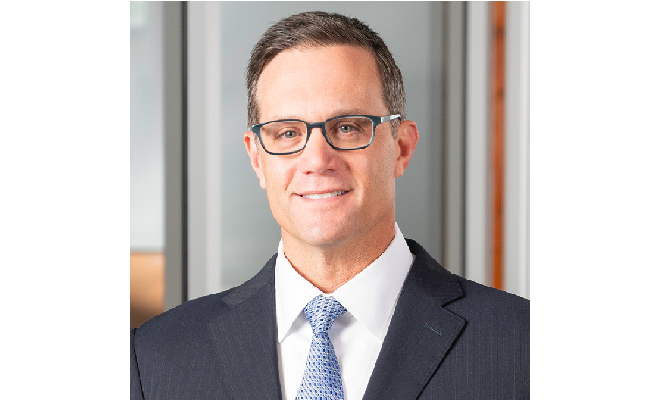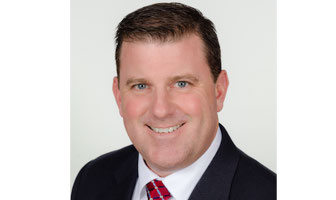Randy Grossman is our latest Featured Speaker!
Our latest featured speaker is Randy Grossman from Manatt!
Randy is speaking at our upcoming 20th Annual Federal Court Boot Camp: The Nuts and Bolts (CA) program on April 30 & May 2, 2024. This boot camp will walk you through your case in Federal Court from start to finish. You’ll learn the rules and tasks, strategies and tactics, and the skills and techniques you must have to become a more effective and successful litigator in Federal Court and to be a more effective and successful litigator in general.
Randy Grossman is a partner in Manatt’s Trial, White Collar and Investigations practice and leader of the San Diego office. With nearly three decades of experience in private practice and as a prosecutor, including his recent service as the United States Attorney for the Southern District of California, Randy focuses on government and internal investigations, white collar and civil litigation, and corporate compliance counseling.
Randy’s experience in private practice includes high-stakes matters for clients across multiple industries, including health care, technology, aerospace, global communications, defense contracting, retail and professional sports. He has represented clients in investigations by the U.S. Department of Justice, SEC and state law enforcement agencies. Randy also has conducted internal investigations in the United States and internationally for companies and their boards of directors concerning alleged violations of the Foreign Corrupt Practices Act, False Claims Act, and other federal and state laws. In addition, Randy has led complex litigation in federal and state court involving alleged fraud, antitrust claims, franchise disputes, securities laws allegations and class actions.
Immediately before joining Manatt, Randy served as the United States Attorney for the Southern District of California. As the chief federal law enforcement official for the district, Randy was responsible for prosecuting federal crimes committed throughout San Diego and Imperial Counties. During his tenure, the office successfully prosecuted several significant offenses, including espionage, cybercrime, transnational organized crime, cryptocurrency schemes, securities fraud, health care fraud, defense procurement fraud and public corruption. Randy also oversaw civil enforcement matters and litigation on behalf of the United States, and he worked with other U.S. Attorneys around the country on national policies regarding white collar crime and corporate compliance.
Randy started his career as a Deputy District Attorney for the San Diego County District Attorney’s Office, where he tried more than 70 criminal cases to jury verdict, including high-profile murder and gang violence cases.
Randy is also a leader in the community. He is a Master with the Hon. J. Clifford Wallace Inn of Court, a former trustee for the California Western School of Law Board of Trustees, a former president of the San Diego Association of Business Trial Lawyers, and a former board member for Walden Family Services Adoption and Foster Care Agency.
We are excited to have him join us!






